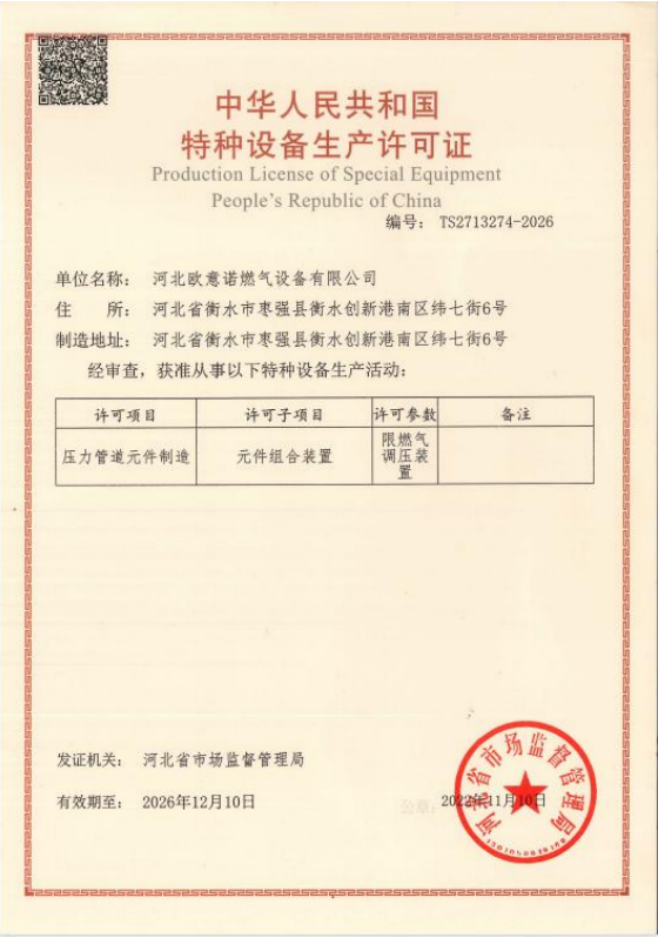
Aug . 14, 2024 07:51
Back to list
Understanding the Functionality and Applications of Electric Regulating Valves in Modern Industries
Understanding Electric Regulating Valves An Essential Component in Modern Automation
In today’s industrial landscape, the demand for precision and efficiency has led to the widespread use of electric regulating valves. These devices play a pivotal role in controlling fluid flow, pressure, and temperature in various systems, from manufacturing plants to HVAC (Heating, Ventilation, and Air Conditioning) systems. This article explores the functionality, benefits, and applications of electric regulating valves, highlighting their importance in modern automation.
What is an Electric Regulating Valve?
An electric regulating valve is a type of control valve that utilizes electrical inputs to adjust the opening of the valve. Unlike traditional mechanical valves, which often rely on manual operation or pneumatic actuators, electric valves are powered by electric actuators. This allows for more precise control over process variables, enabling systems to respond dynamically to changing conditions.
Typically, these valves consist of a valve body, an actuator, and a control system. The actuator receives signals from a control system—such as a Programmable Logic Controller (PLC) or Distributed Control System (DCS)—that determine the desired flow rate or pressure. The actuator adjusts the valve’s position accordingly, ensuring that the system maintains optimal performance.
Advantages of Electric Regulating Valves
1. Precision and Accuracy One of the most significant benefits of electric regulating valves is their ability to provide precise control over fluid dynamics. This precision is crucial in applications where even minor variations can lead to inefficiencies or unsafe conditions.
2. Remote Operation Electric valves can be operated remotely, making them ideal for applications where access to the control system is limited or where conditions are hazardous. This remote capability not only enhances safety but also enables automation in complex systems.
electric regulating valve

3. Integration with Modern Control Systems Electric regulating valves are easily integrated into advanced control systems, allowing for sophisticated monitoring and control. Operators can use data analytics and feedback loops to optimize processes in real-time.
4. Energy Efficiency These valves often come with energy-saving features, such as variable speed drives for the actuators. This results in reduced energy consumption, contributing to lower operational costs and a smaller carbon footprint.
5. Reduced Maintenance Unlike pneumatic systems that may require regular maintenance due to wear and tear, electric actuators typically have fewer moving parts, leading to decreased maintenance needs and longer service life.
Applications of Electric Regulating Valves
Electric regulating valves are used in a variety of industries due to their versatility. In the water and wastewater treatment sector, they help control the flow of water through treatment processes. In the oil and gas industry, these valves are employed to regulate the flow of hydrocarbons during extraction and refining processes.
Additionally, building automation systems utilize electric regulating valves to optimize HVAC operations, ensuring energy efficiency and comfort for occupants. In food and beverage manufacturing, they control the flow of liquids and gases to maintain stringent quality standards.
Conclusion
Electric regulating valves are a cornerstone of modern automation, providing essential control over fluid dynamics in a wide array of applications. Their precision, remote operability, and integration capabilities significantly enhance process efficiency and safety. As industries continue to embrace automation and strive for sustainability, the significance of electric regulating valves is only expected to grow. Understanding and utilizing these advanced components will be crucial for businesses aiming to enhance their operational performance in an increasingly competitive landscape.
Latest news
-
Safety Valve Spring-Loaded Design Overpressure ProtectionNewsJul.25,2025
-
Precision Voltage Regulator AC5 Accuracy Grade PerformanceNewsJul.25,2025
-
Natural Gas Pressure Regulating Skid Industrial Pipeline ApplicationsNewsJul.25,2025
-
Natural Gas Filter Stainless Steel Mesh Element DesignNewsJul.25,2025
-
Gas Pressure Regulator Valve Direct-Acting Spring-Loaded DesignNewsJul.25,2025
-
Decompression Equipment Multi-Stage Heat Exchange System DesignNewsJul.25,2025

